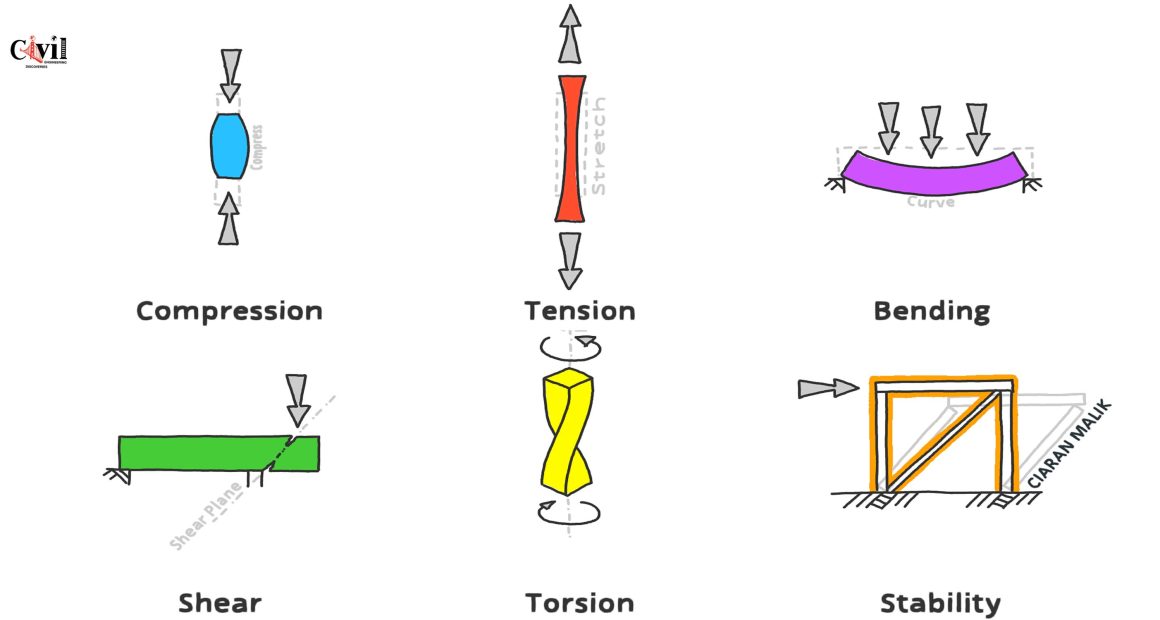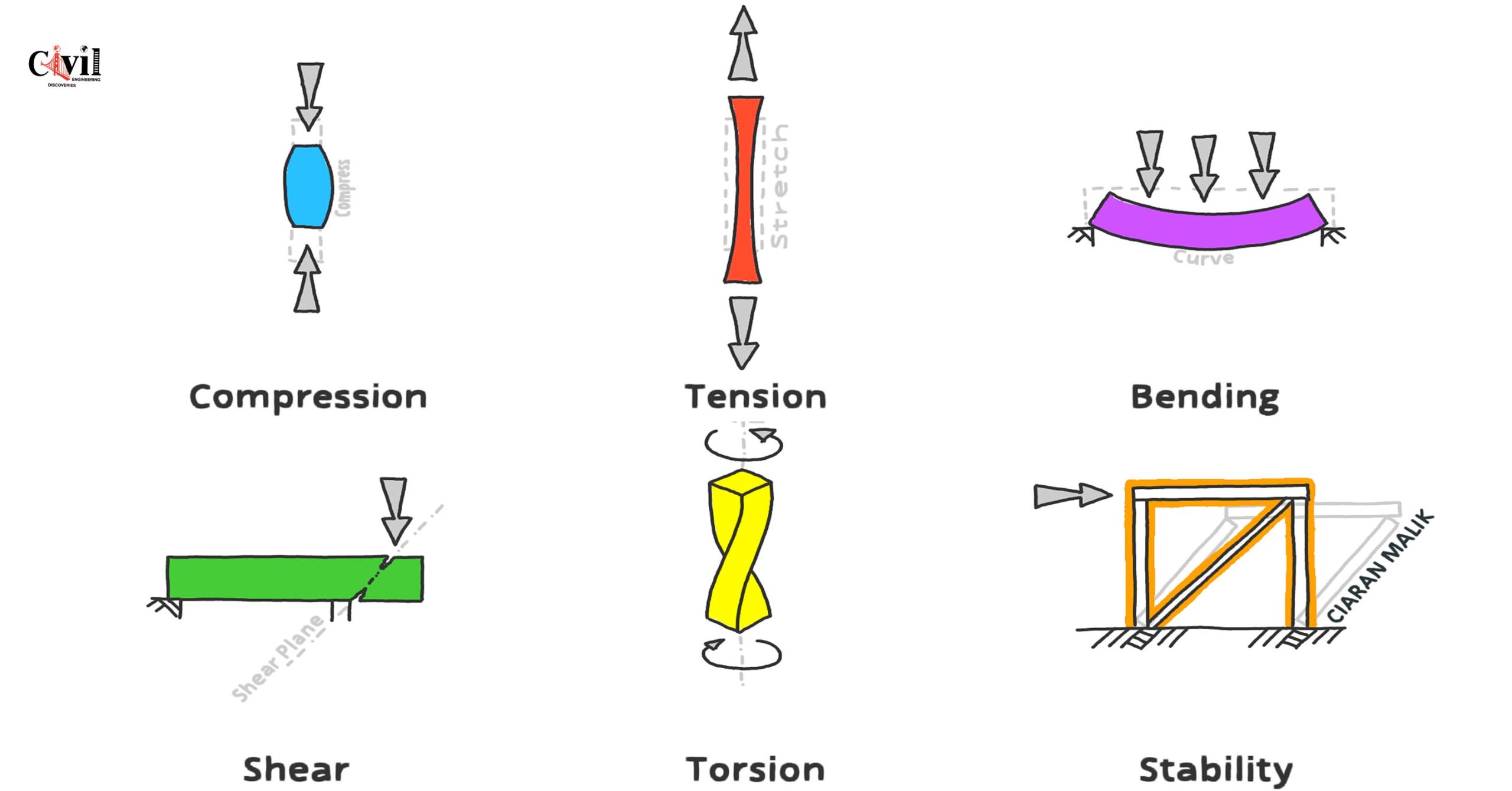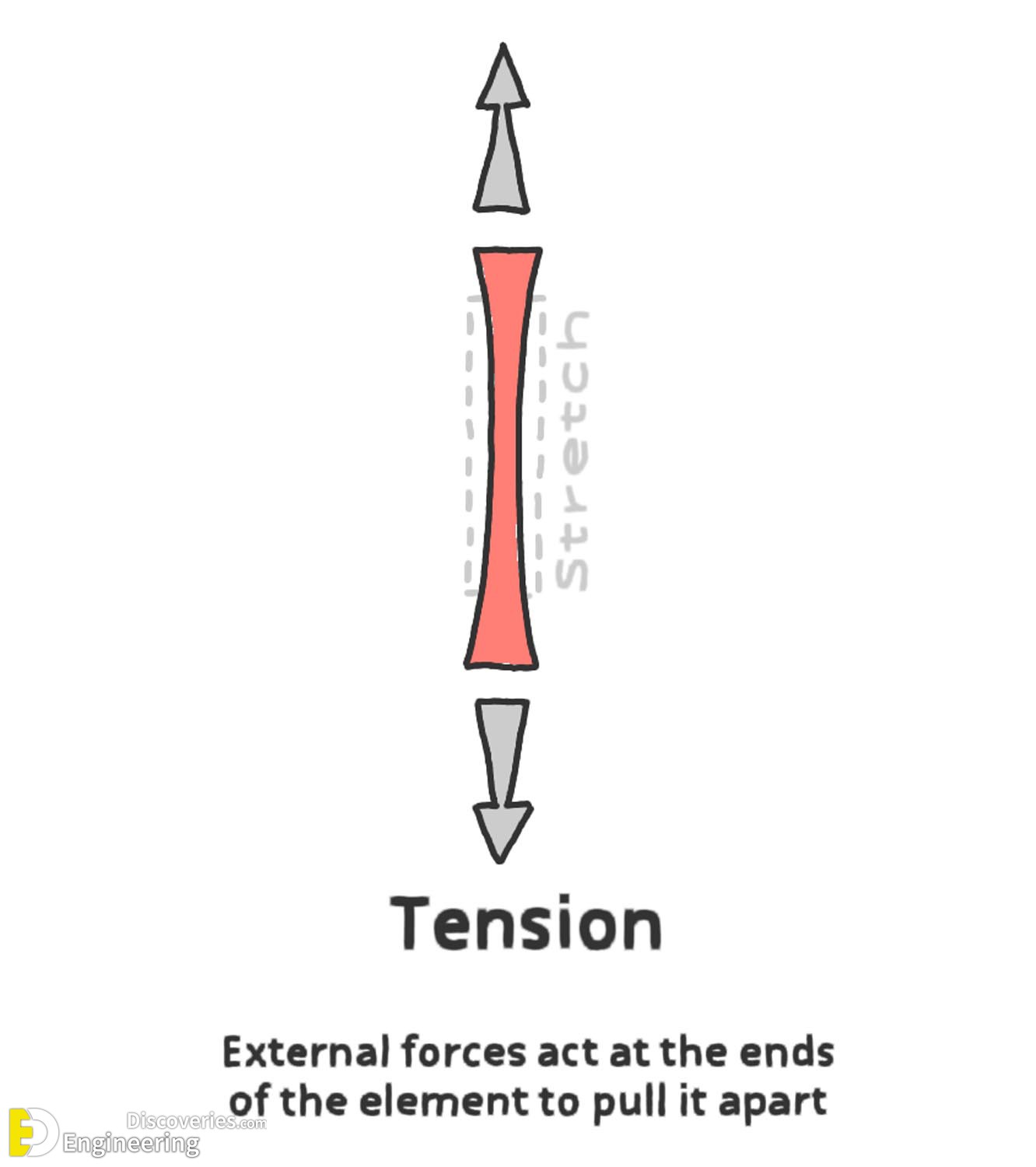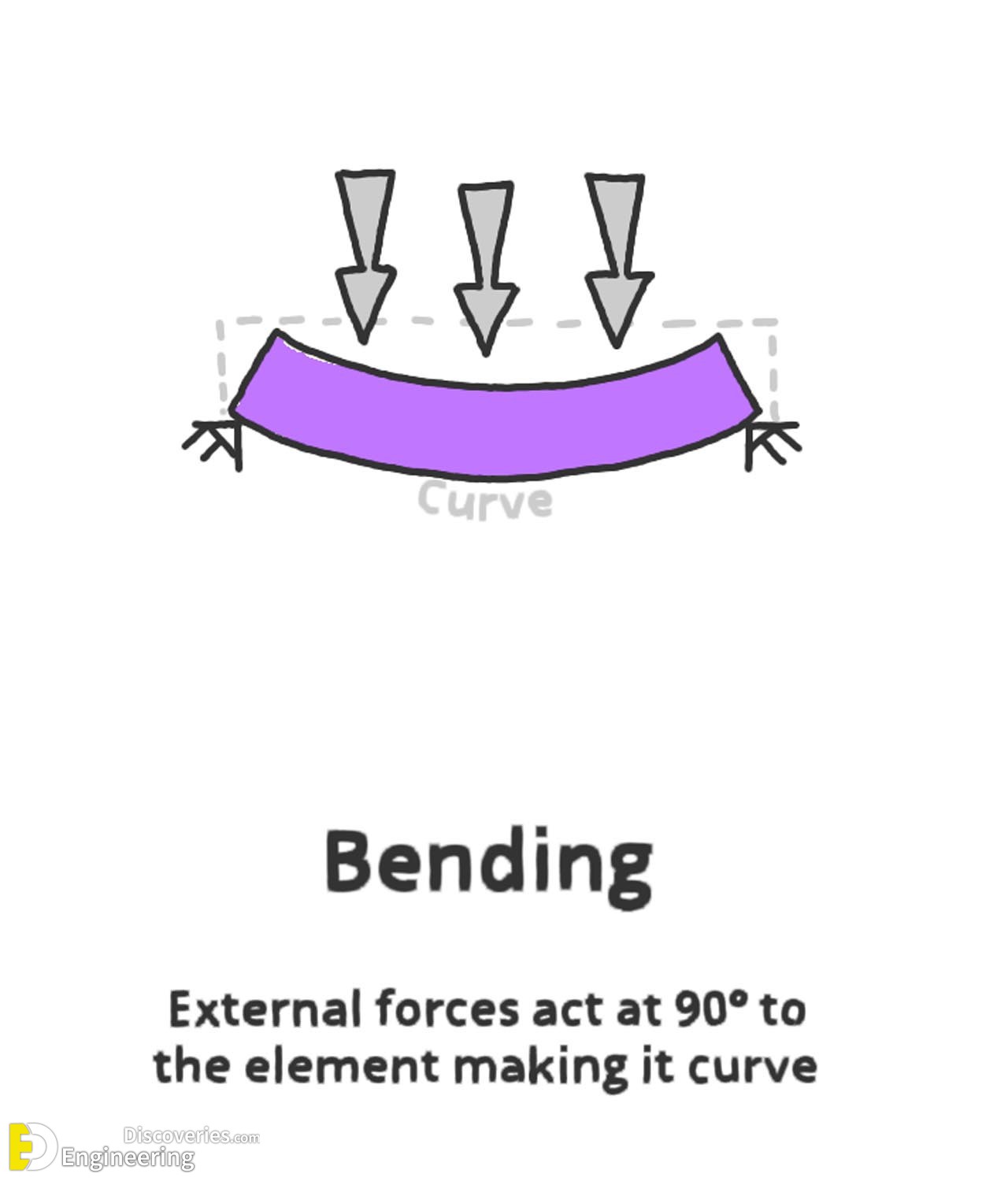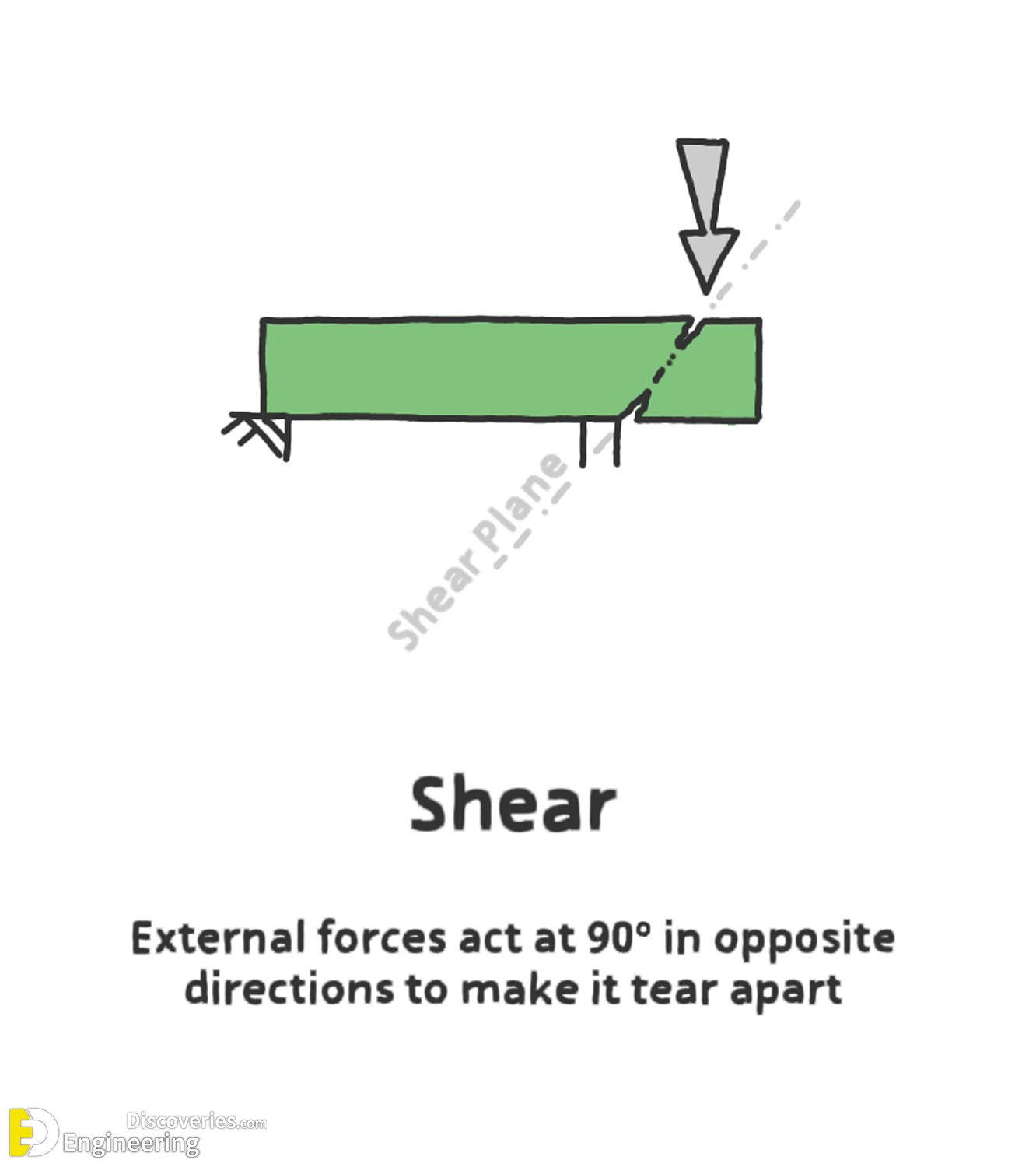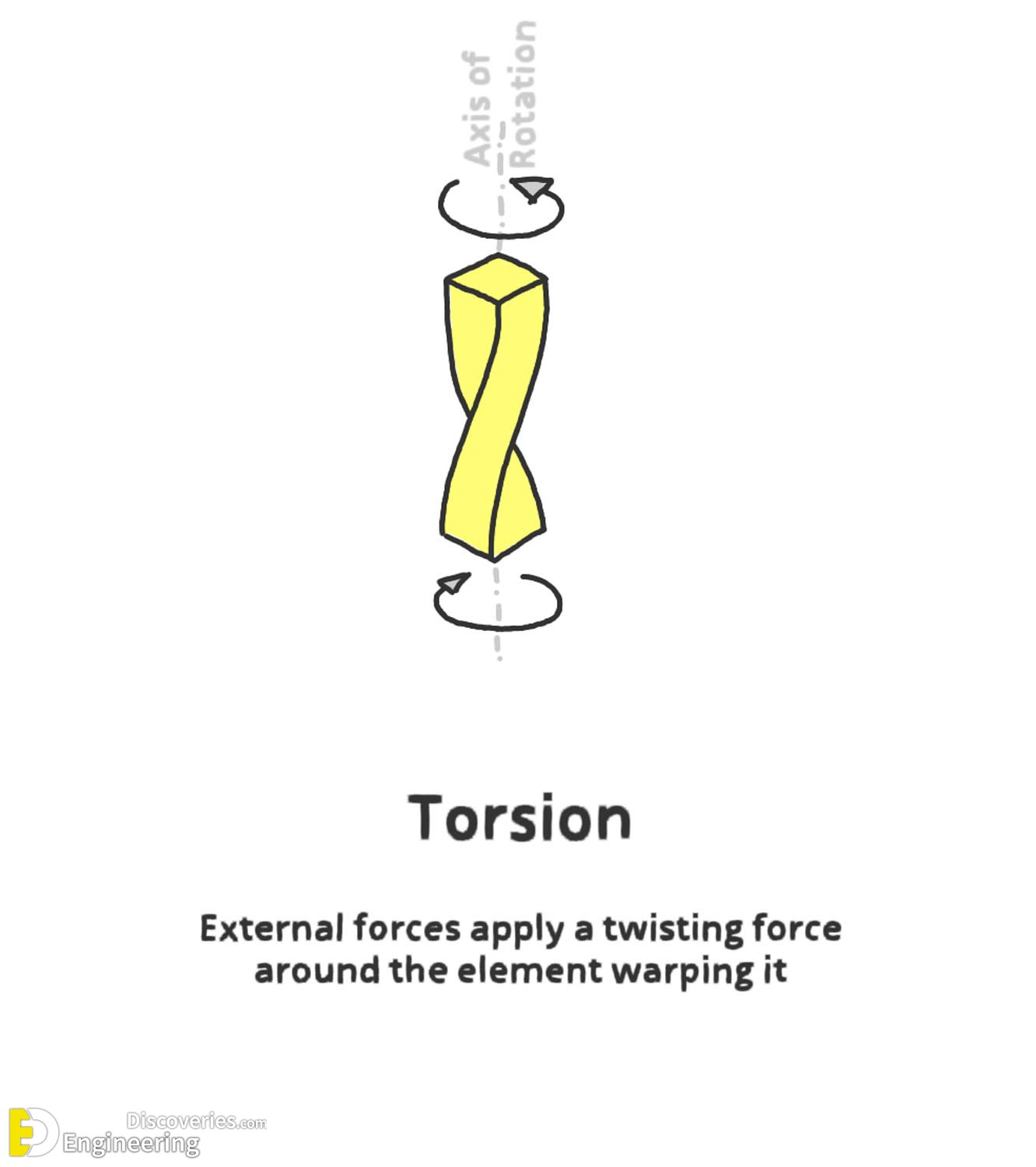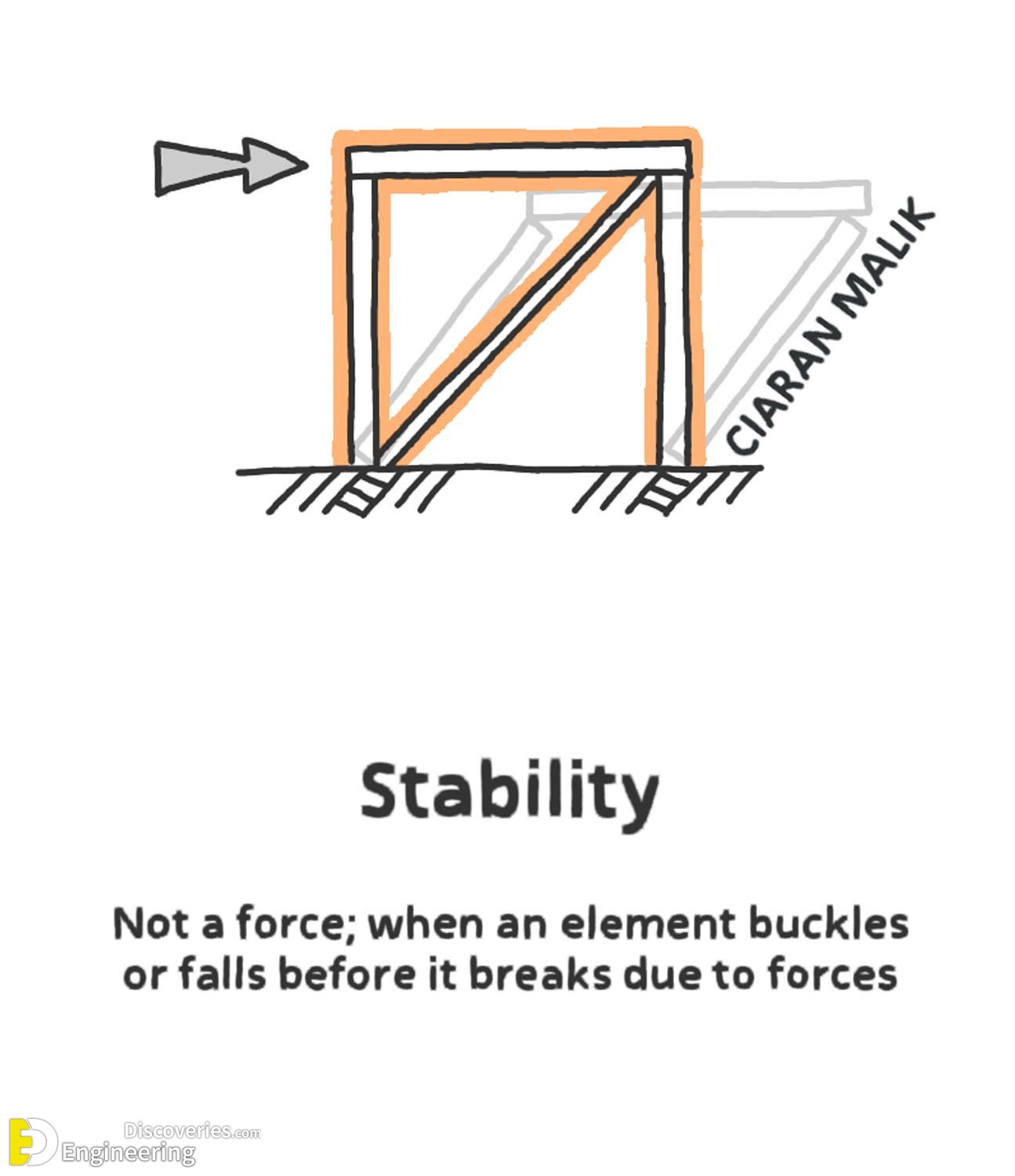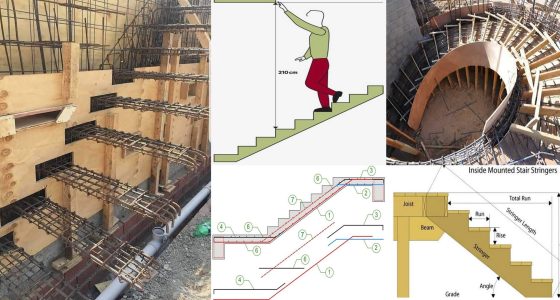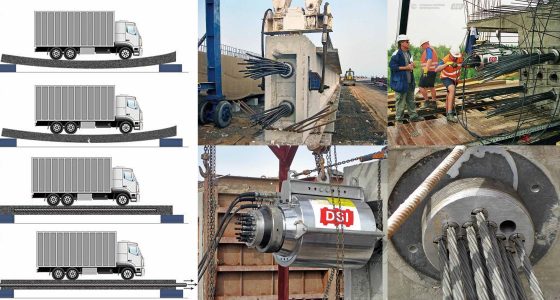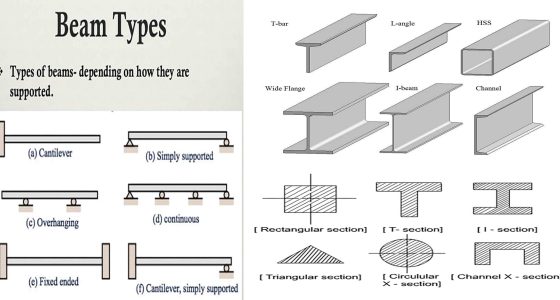Internal forces play a crucial role in the stability and behavior of any structure. These forces determine how an element reacts under different conditions and external pressures. In this article, we’ll explore the key internal forces: compression, tension, bending, shear, torsion, and stability.
Compression Forces in Structures
Compression occurs when external forces act on the ends of an element, pushing it together. Imagine squeezing a sponge—this is similar to how compression works in structures. Compression forces can reduce the length of a structure, making it compact and potentially causing it to buckle under extreme pressure. Steel columns, for instance, are often subject to compression forces in tall buildings.
Tension Forces Explained
Tension is the opposite of compression. It happens when external forces pull at the ends of an element, stretching it apart. Think of a rope being pulled from both ends—this is the action of tension. Tension forces play a significant role in the strength and durability of structures like bridges, where cables must resist being pulled apart.
Bending: A Common Structural Force
Bending occurs when external forces act at a 90-degree angle to an element, causing it to curve. This force is often observed in beams or bridges that carry heavy loads. The force applied results in a combination of compression and tension, depending on the direction of the load. Bending forces need to be carefully managed in construction to prevent failure.
Shear Forces and Their Effects
Shear forces act at a 90-degree angle, but unlike bending, they work in opposite directions. These forces create a sliding effect within an element as if trying to tear it apart. Imagine cutting a piece of paper with scissors—that’s how shear forces work on a molecular level in materials like steel or concrete. Proper design ensures that structures can withstand these forces without shearing.
Torsion: The Twisting Force
Torsion occurs when a twisting force is applied around an element. This twisting action can warp and weaken the structure if not accounted for. Shafts in mechanical systems and certain architectural elements are designed to handle torsional forces, preventing them from deforming under stress. Understanding torsion is critical in engineering applications where rotating parts are involved.
The Role of Stability in Structures
Stability is not a force in itself, but rather the condition of an element before it buckles or collapses. Stability is crucial in structural engineering, as it ensures that elements remain upright and secure even when forces like compression or bending are applied. Once stability is lost, a structure can fail even without being directly broken by external forces.
Conclusion
Internal forces such as compression, tension, bending, shear, and torsion are fundamental to understanding how structures behave under stress. These forces determine the strength, durability, and stability of elements within any construction project. Properly managing these forces ensures the safety and longevity of the structures we rely on daily.
Click Here To See End Moment Reactions For Beams With Both Ends Fixed Under Various Loadings
